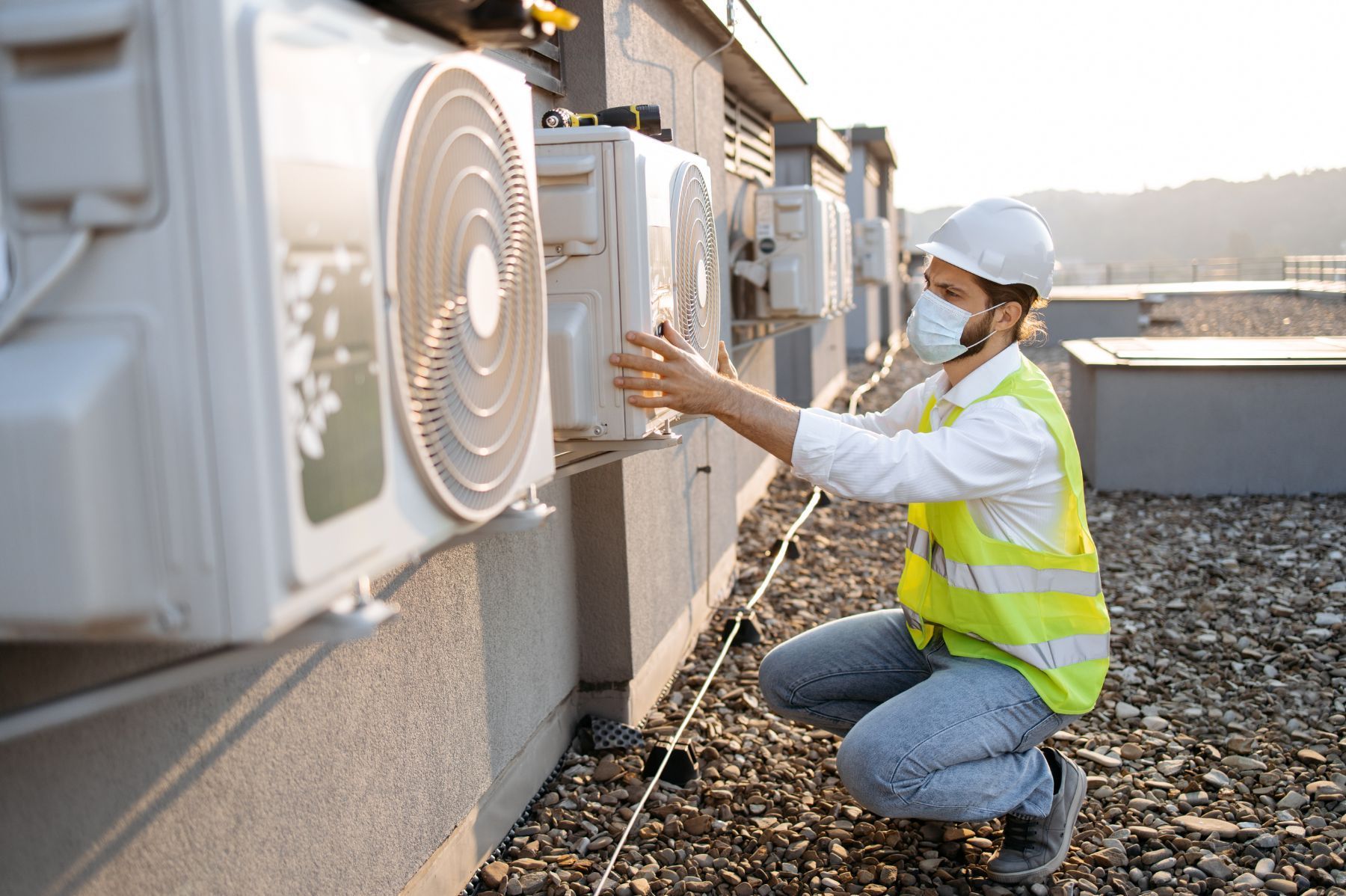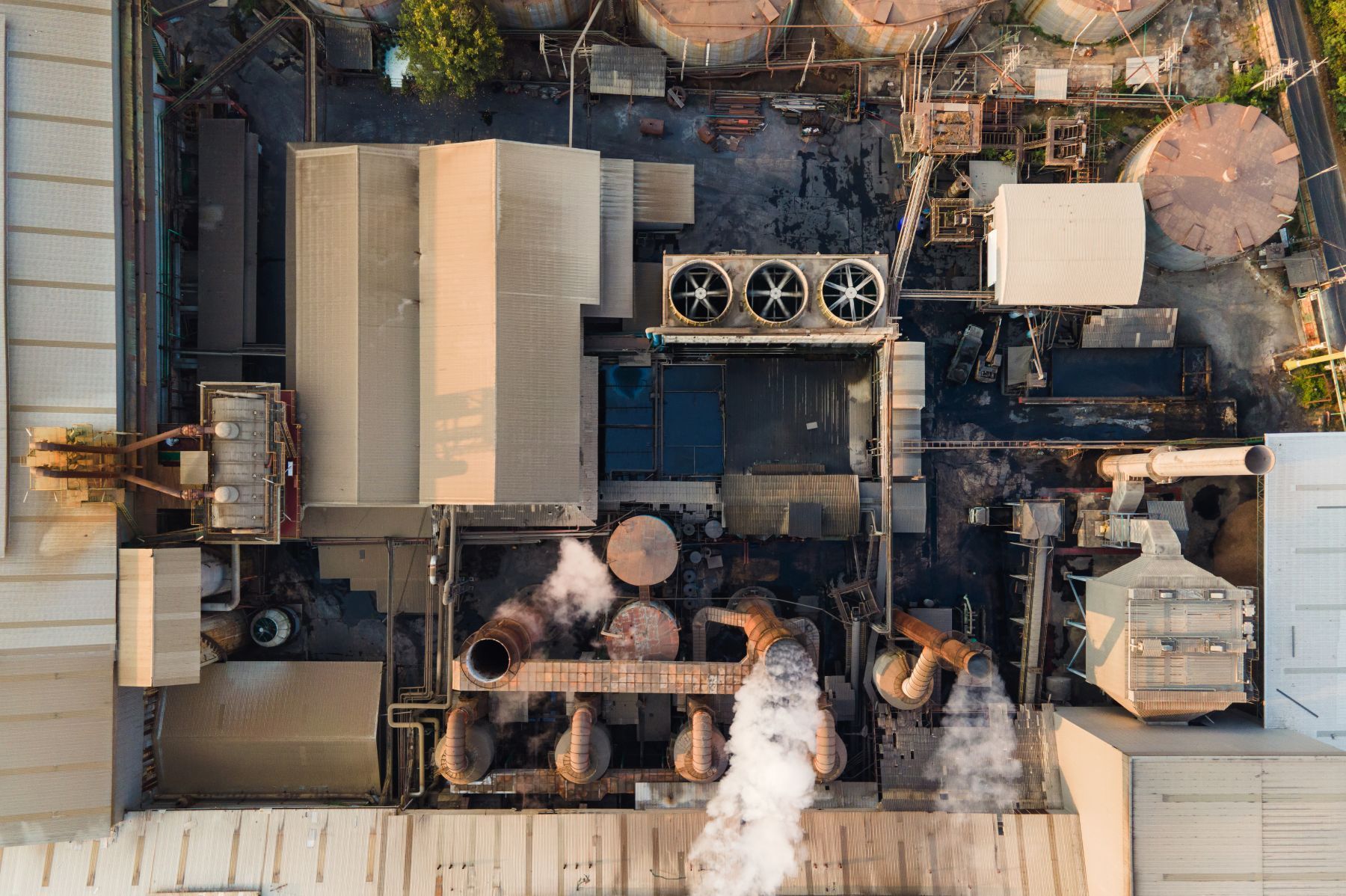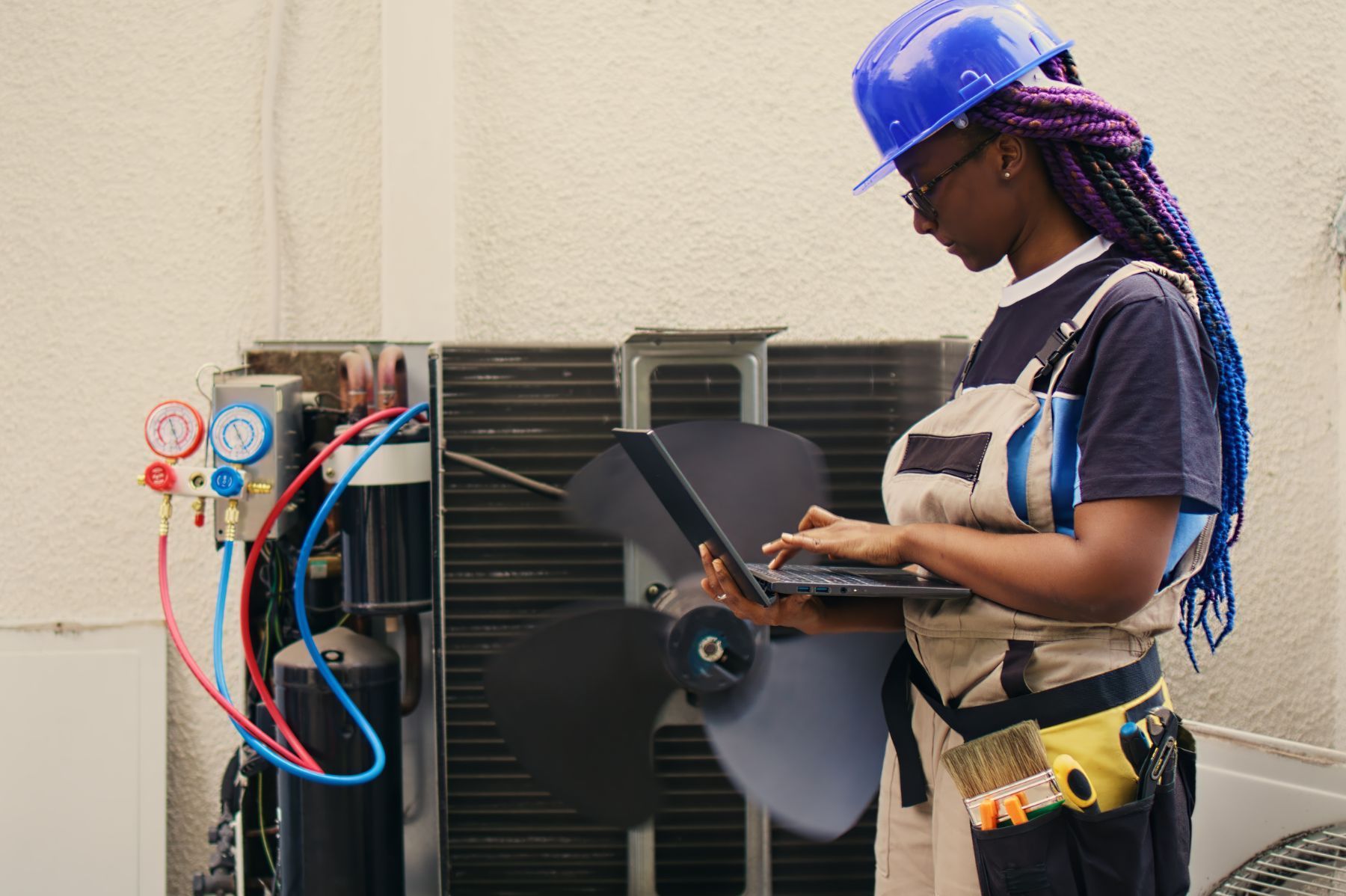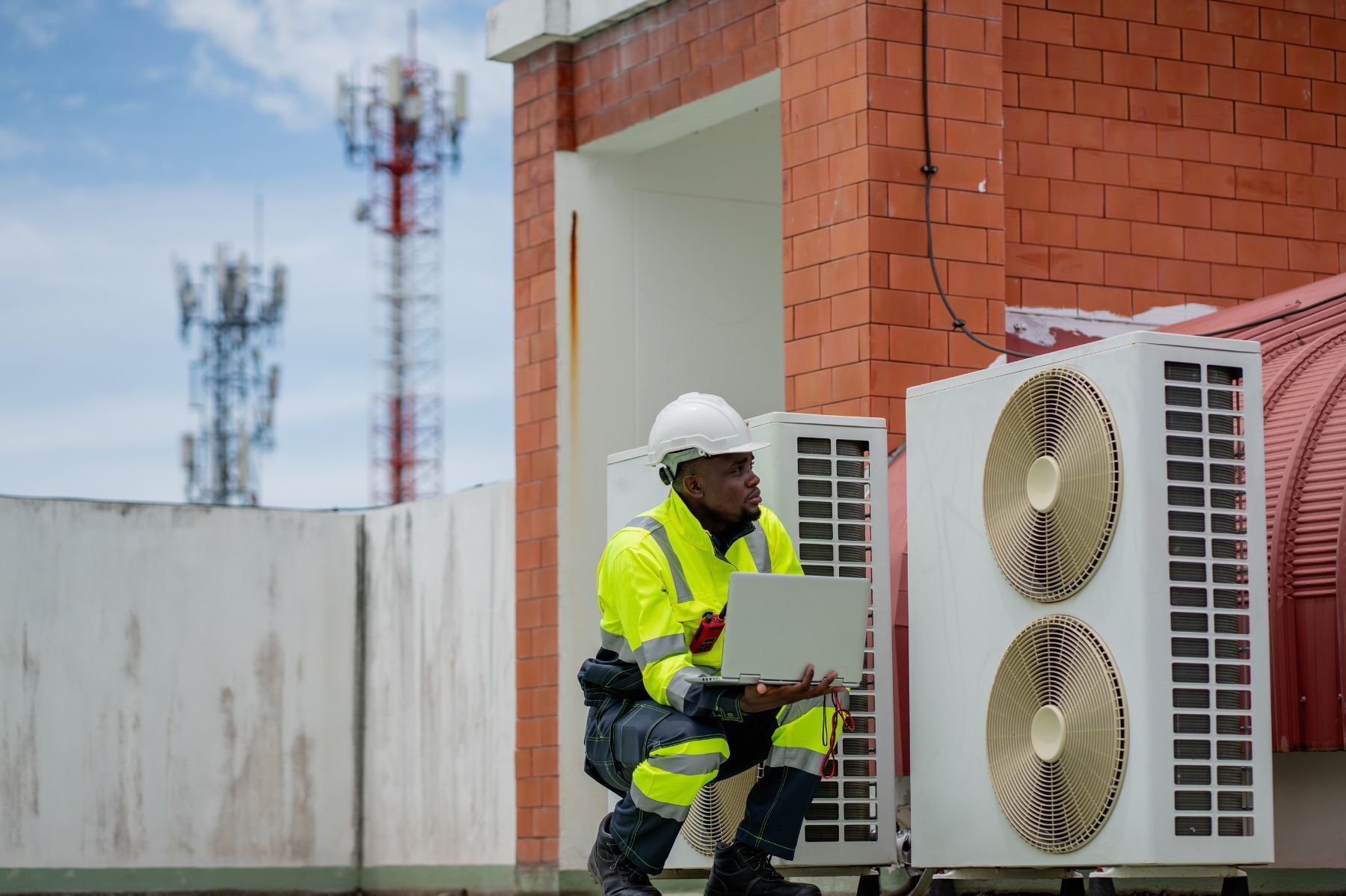Surety Bonds vs. Insurance for HVAC Contractors: What’s the Difference?
See How We're Different
or call us: (469) 678-8001

For HVAC contractors navigating the complexities of business compliance and risk management, understanding the distinctions between surety bonds and insurance is essential. Both tools play critical roles in protecting businesses, clients, and project stakeholders, yet they serve fundamentally different purposes. This article explores what sets surety bonds apart from insurance policies, how each functions within the HVAC industry, and why contractors need to be clear on these differences to make informed decisions.
Starting with some foundational insights, it’s important to note that a surety bond is not insurance for your business. This distinction underpins much of the confusion and misapplication of these financial tools in the contracting world.
What Is a Surety Bond and How Does It Work?
A surety bond is a three-party agreement involving the principal (the HVAC contractor), the obligee (usually the project owner or government entity requiring the bond), and the surety company that issues the bond. Essentially, the surety guarantees that the contractor will fulfill their contractual obligations. If the contractor fails to meet these obligations, the surety steps in to cover losses up to the bond amount, but the contractor is ultimately responsible for reimbursing the surety.
This arrangement means that a surety bond acts as a form of credit rather than insurance. The bond assures the obligee that the contractor will perform as promised, providing financial protection against non-performance or contractual breaches. As explained by UFG Insurance, “a surety bond is a contract that expresses one party’s promise to answer for another party’s failure to do something as promised.”
For HVAC contractors, surety bonds are often mandatory for licensing, permits, or project bids. The cost of these bonds is relatively affordable, averaging around $8 per month or $100 annually, according to data from TechInsurance.com. This low cost reflects the bond’s role as a guarantee rather than a risk-transfer mechanism.
Why Surety Bonds Matter for HVAC Contractors
Surety bonds provide peace of mind to project owners and regulatory bodies by ensuring that contractors have been vetted and are financially accountable. They serve as a prequalification tool, signaling that the contractor is credible and capable of completing the work. However, this prequalification process can sometimes be seen as intrusive by subcontractors. A recent study highlighted that 73% of subcontractors find the prequalification process invasive, and 83% view Subcontractor Default Insurance (SDI) — a related risk management product — as an administrative burden.
Despite these challenges, the use of surety bonds and related insurance products like SDI is growing among prime contractors, who report high satisfaction with the protection these tools offer against subcontractor defaults. This trend underscores the importance of surety bonds in managing project risks and maintaining contractor accountability. Furthermore, the presence of a surety bond can enhance a contractor's reputation in the industry. It signals to potential clients that the contractor is serious about their commitments and has the financial backing to ensure project completion. This can lead to more opportunities for securing contracts, as many clients prefer to work with bonded contractors, knowing they have a safety net in place.
Moreover, the process of obtaining a surety bond can also encourage HVAC contractors to maintain better business practices. Since surety companies evaluate a contractor's financial history, creditworthiness, and overall business operations before issuing a bond, contractors are incentivized to keep their financial records in order and ensure compliance with industry standards. This proactive approach not only helps in securing bonds but also contributes to the overall stability and growth of their business in a competitive market.
Understanding Insurance for HVAC Contractors
Unlike surety bonds, insurance policies transfer risk from the contractor to the insurer. When an insured event occurs—such as property damage, liability claims, or worker injuries—the insurance company pays for covered losses up to the policy limits. This risk transfer mechanism protects the contractor’s financial stability and helps ensure business continuity.
HVAC contractors typically carry several types of insurance, including general liability, workers’ compensation, and commercial umbrella policies. The latter provides an extra layer of liability coverage beyond standard policies. On average, HVAC contractors pay about $82 per month, or $988 annually, for commercial umbrella insurance, which is significantly higher than the cost of surety bonds.
This cost difference reflects the insurer’s assumption of risk and the broader scope of protection insurance offers compared to surety bonds. Insurance claims do not require reimbursement by the insured, whereas surety bonds require the contractor to repay the surety if a claim is paid out.
How Insurance Supports HVAC Business Operations
Insurance is essential for protecting HVAC contractors from unpredictable events that could otherwise cause severe financial harm. It covers legal defense costs, medical expenses, and property repairs, among other liabilities. This protection is vital in an industry where accidents and property damage can occur despite best practices.
Moreover, insurance is often a prerequisite for securing contracts, especially larger commercial projects. It demonstrates professionalism and financial responsibility, reassuring clients and partners that the contractor can handle potential risks. Additionally, having comprehensive insurance coverage can enhance a contractor's reputation, making them more competitive in a crowded market. Clients are more likely to choose a contractor who can prove they are adequately insured, as it minimizes the risk of financial loss due to unforeseen incidents.
Furthermore, understanding the nuances of different insurance policies can empower HVAC contractors to tailor their coverage to their specific needs. For instance, some contractors may benefit from specialized policies that cover equipment breakdowns or environmental liabilities, which are particularly relevant in this field. By investing time in assessing their unique risks and consulting with insurance professionals, HVAC contractors can ensure they are not only compliant with industry standards but also adequately protected against the diverse challenges they may face in their daily operations.
Key Differences Between Surety Bonds and Insurance
While both surety bonds and insurance are important for HVAC contractors, understanding their fundamental differences helps clarify when each is appropriate:
- Purpose: Surety bonds guarantee contract performance or compliance, while insurance protects against financial losses from covered risks.
- Parties Involved: Surety bonds involve three parties (contractor, obligee, surety), whereas insurance is a two-party contract between the insured and insurer.
- Financial Responsibility: With surety bonds, the contractor must reimburse the surety if a claim is paid. Insurance claims do not require repayment by the insured.
- Cost: Surety bonds generally cost less because they do not transfer risk but guarantee performance. Insurance premiums are higher due to risk assumption by the insurer.
These distinctions are critical for HVAC contractors to grasp, as confusing the two can lead to inadequate protection or unnecessary expenses. For instance, relying on a surety bond alone does not protect a business from liability claims or property damage. It is essential for contractors to assess their specific needs and the nature of their projects to determine the appropriate coverage. By doing so, they can ensure that they are not only compliant with legal requirements but also adequately protected against potential financial pitfalls.
Industry Trends and Insights
Industry reports show that surety bonds have maintained steady demand over the past decade, with premium volumes and loss ratios reflecting a stable market. Meanwhile, insurance costs have risen in response to increasing claims and broader coverage needs. Prime contractors’ growing use of Subcontractor Default Insurance (SDI) also signals evolving risk management strategies within construction and HVAC sectors. This trend indicates a shift towards more comprehensive risk management practices, where contractors are not only focused on fulfilling contractual obligations but also on safeguarding their investments against unforeseen liabilities.
Contractors should stay informed about these trends to optimize their risk management portfolios effectively. Leveraging surety bonds for contractual assurance and insurance for risk protection creates a balanced approach that supports business growth and resilience. Additionally, as the HVAC industry continues to evolve with advancements in technology and changes in regulations, contractors must remain agile and adaptable. This may involve seeking out new types of coverage or adjusting existing policies to align with emerging risks, such as those associated with environmentally friendly technologies or smart home systems. By proactively managing their risk exposure, contractors can position themselves for long-term success in a competitive marketplace.
Choosing the Right Protection for Your HVAC Business
Deciding between surety bonds and insurance—or more commonly, how to balance both—depends on the specific needs of the HVAC contractor and the requirements of the projects they undertake. Here are some practical considerations:
- Project Requirements: Many public and private projects mandate surety bonds as a condition of bidding or contracting. Always verify these requirements early in the project planning stage.
- Risk Exposure: Evaluate the types of risks your business faces. Liability, property damage, and worker injuries necessitate insurance coverage, while contract performance obligations require surety bonds.
- Financial Capacity: Consider your company’s ability to absorb losses. Insurance transfers risk to an insurer, while surety bonds require repayment if a claim arises.
- Cost Efficiency: Weigh the costs of premiums and bonds against the benefits and protections they provide. The average HVAC surety bond costs about $100 annually, whereas commercial umbrella insurance averages nearly $1,000 per year.
Consulting with insurance and surety professionals can help tailor a risk management strategy that aligns with your business goals and regulatory obligations. These experts can provide insights into the nuances of both surety bonds and insurance policies, ensuring that HVAC contractors are not only compliant but also adequately protected against potential pitfalls.
Moreover, understanding the claims process for both surety bonds and insurance is vital. In the event of a claim, the procedures and timelines can differ significantly. For instance, while insurance claims may involve a thorough investigation and assessment of damages, surety bond claims often require prompt action to rectify any performance issues. Familiarizing yourself with these processes can save time and reduce stress during critical moments.
Final Thoughts
Surety bonds and insurance are both indispensable tools for HVAC contractors, but they serve distinct roles. Surety bonds act as a financial guarantee that contractors will fulfill their contractual promises, while insurance protects businesses from financial losses due to covered risks. Understanding these differences is crucial for contractors aiming to safeguard their operations, meet legal requirements, and build trust with clients.
By carefully evaluating project demands, risk exposures, and financial considerations, HVAC contractors can strategically deploy surety bonds and insurance to create a comprehensive safety net. Staying informed about industry trends and leveraging expert advice will ensure that contractors remain competitive and resilient in a dynamic marketplace.
For more detailed information on costs and coverage options, HVAC contractors can explore resources such as
TechInsurance.com and
AWCI’s construction trends report. Additionally, networking with other HVAC professionals can provide valuable insights into best practices for managing risk and optimizing coverage, fostering a community of support and shared knowledge that can enhance overall business success.











